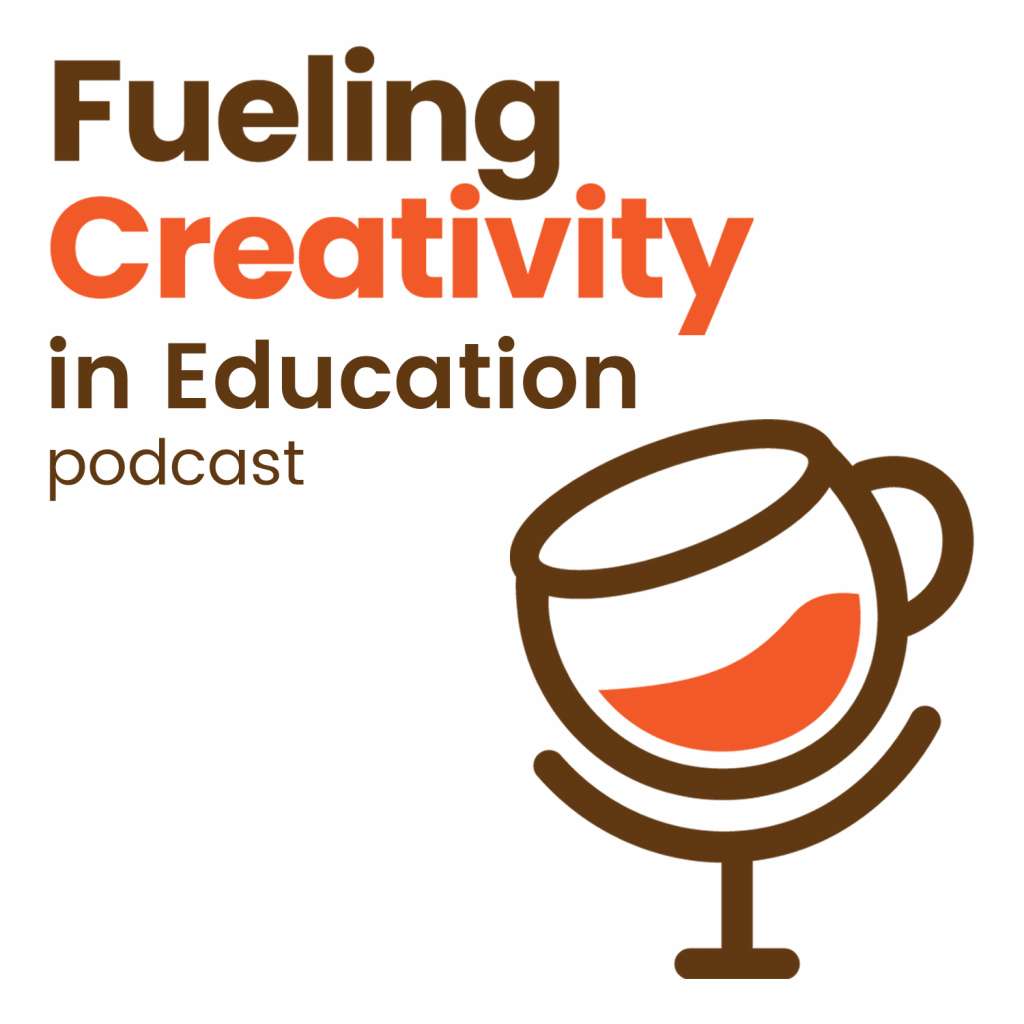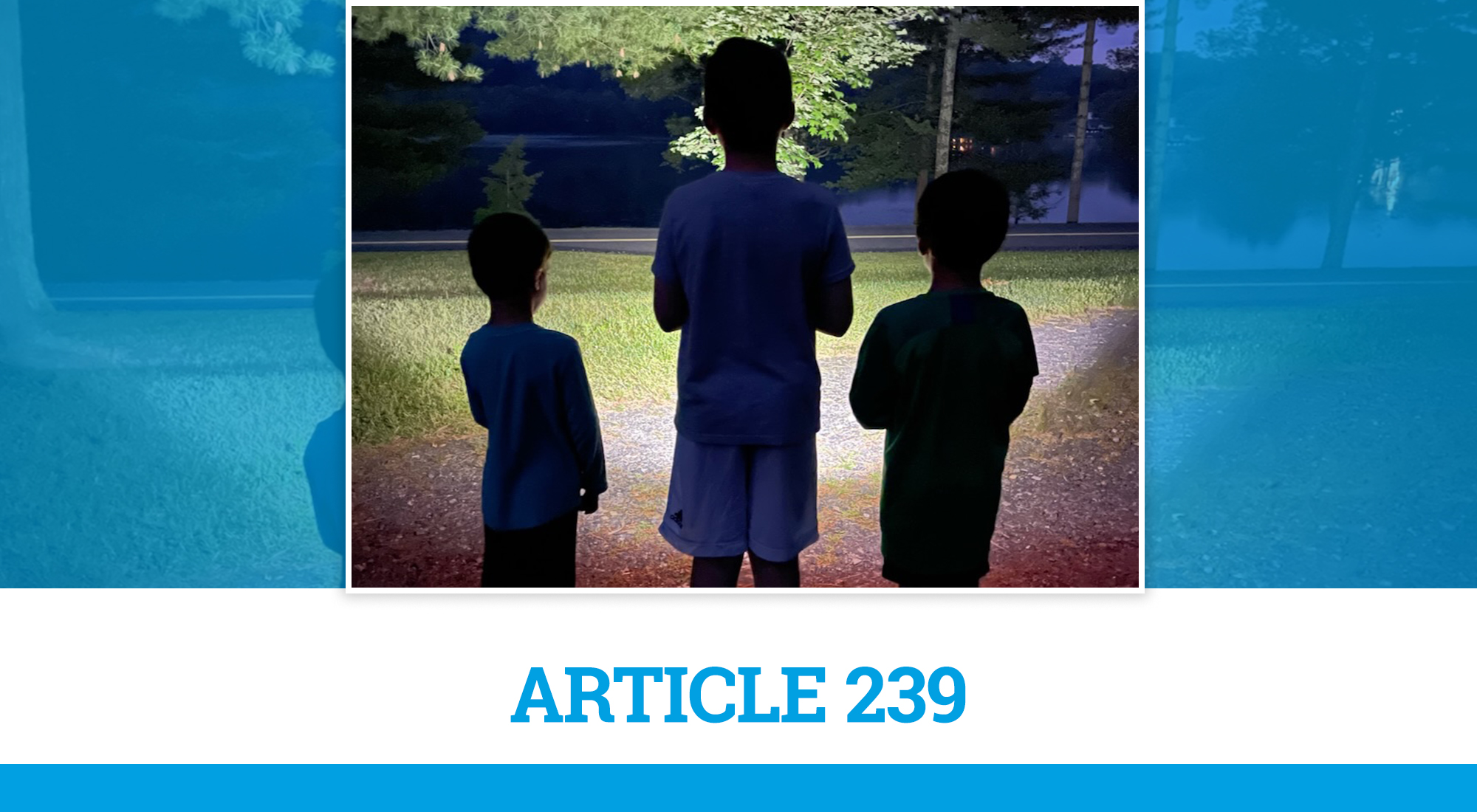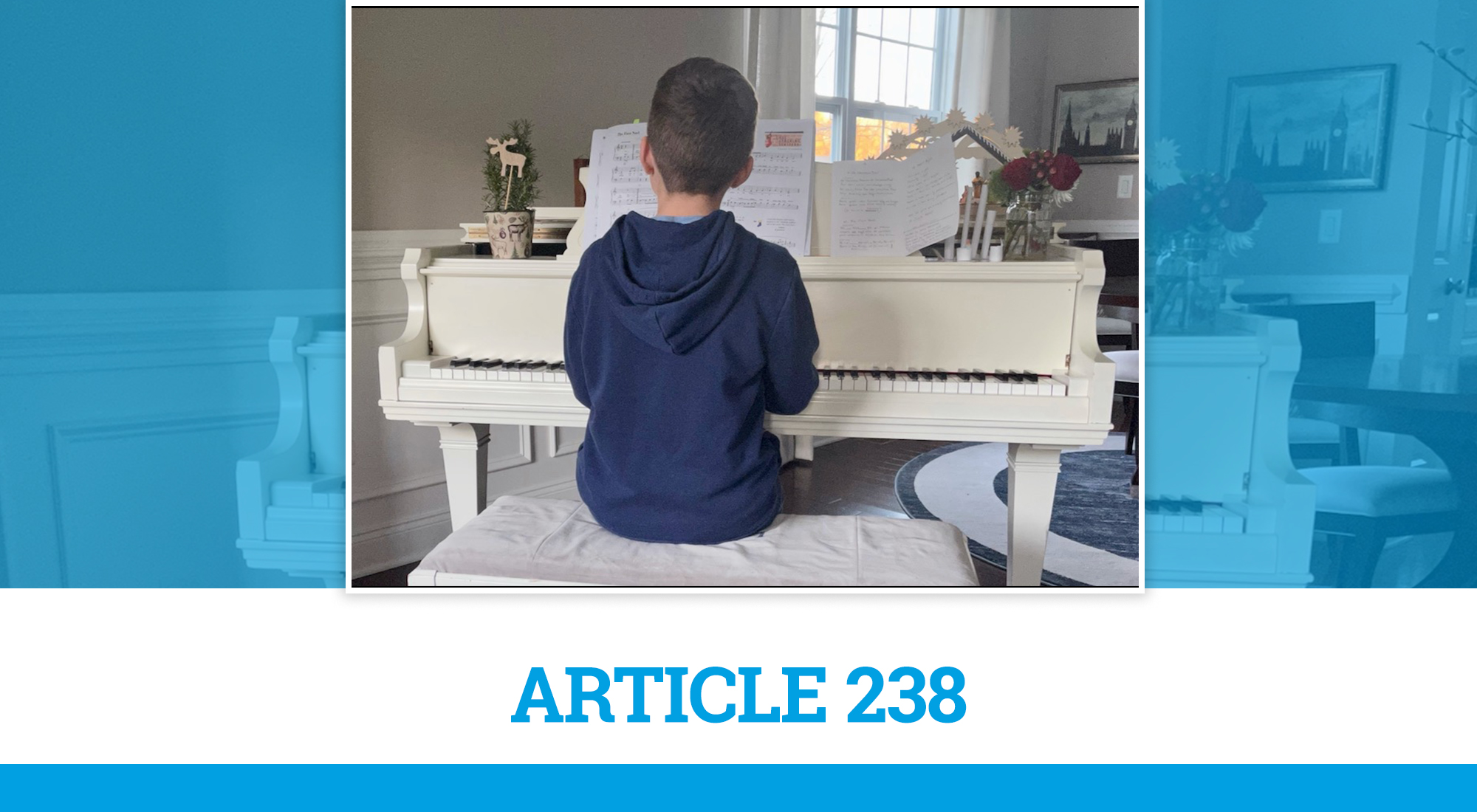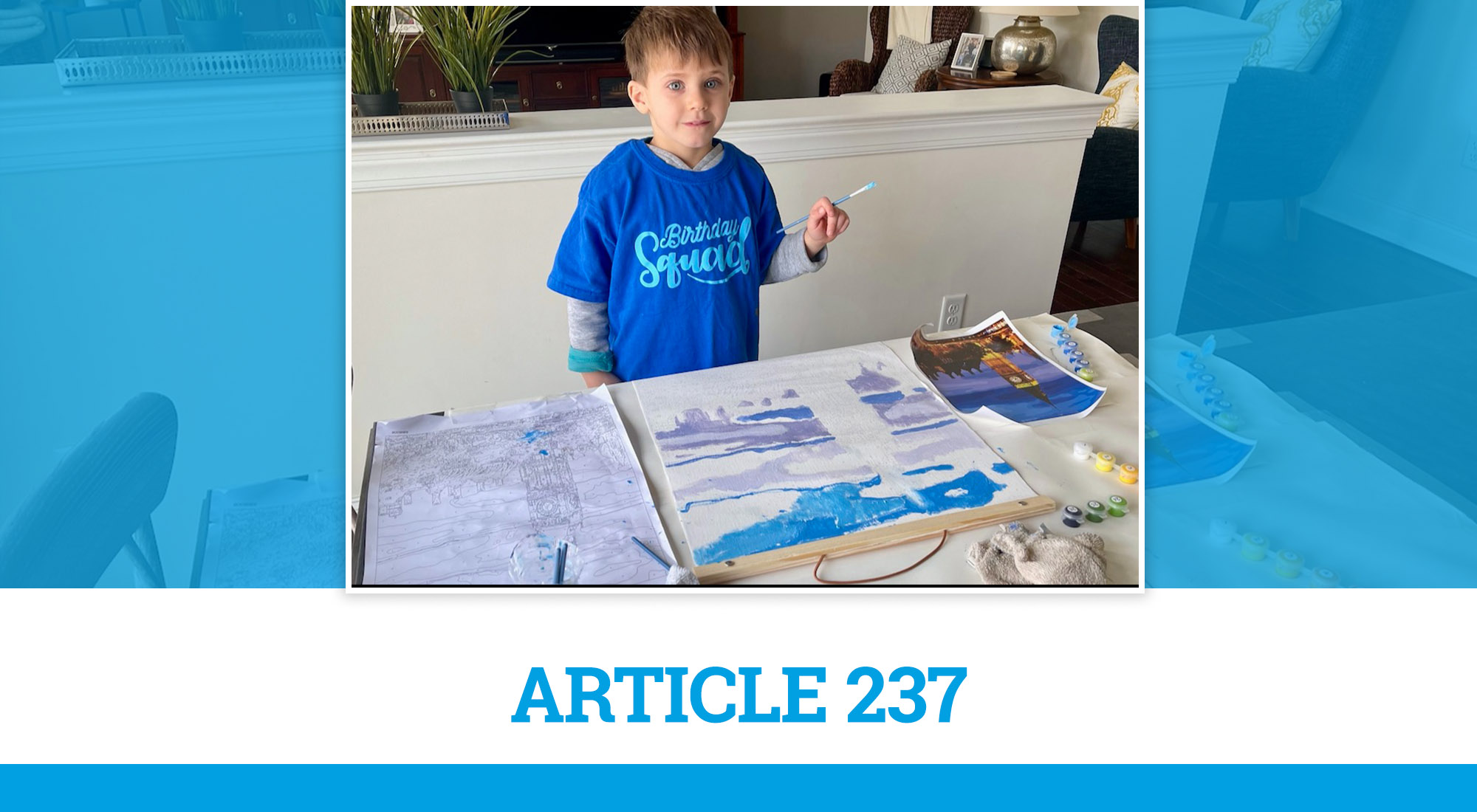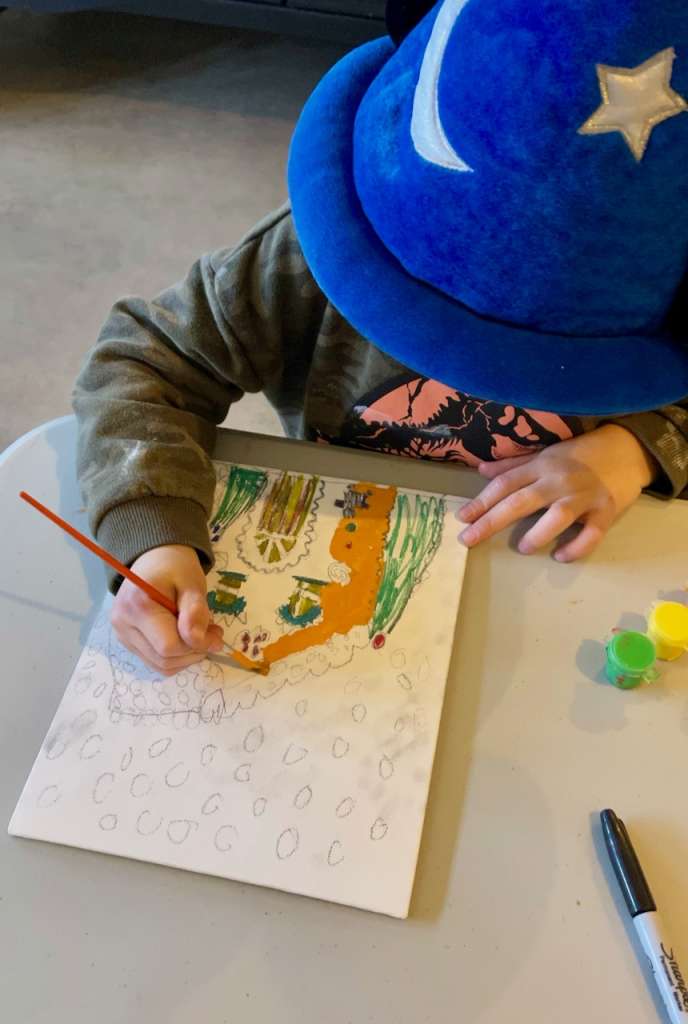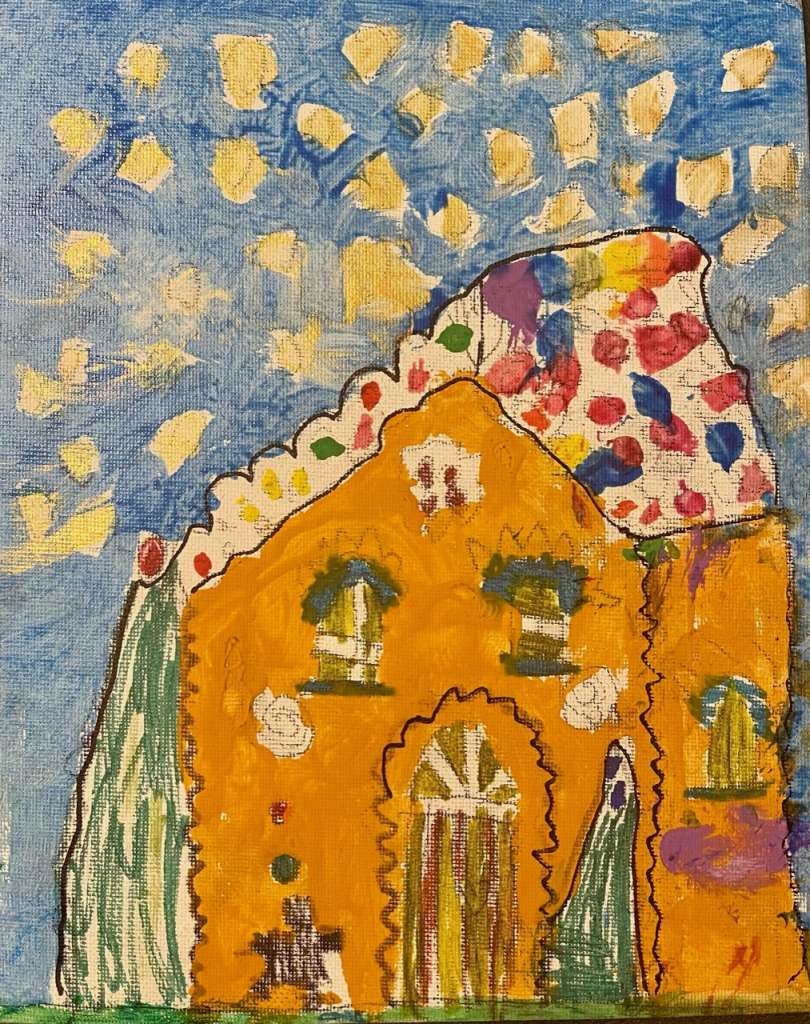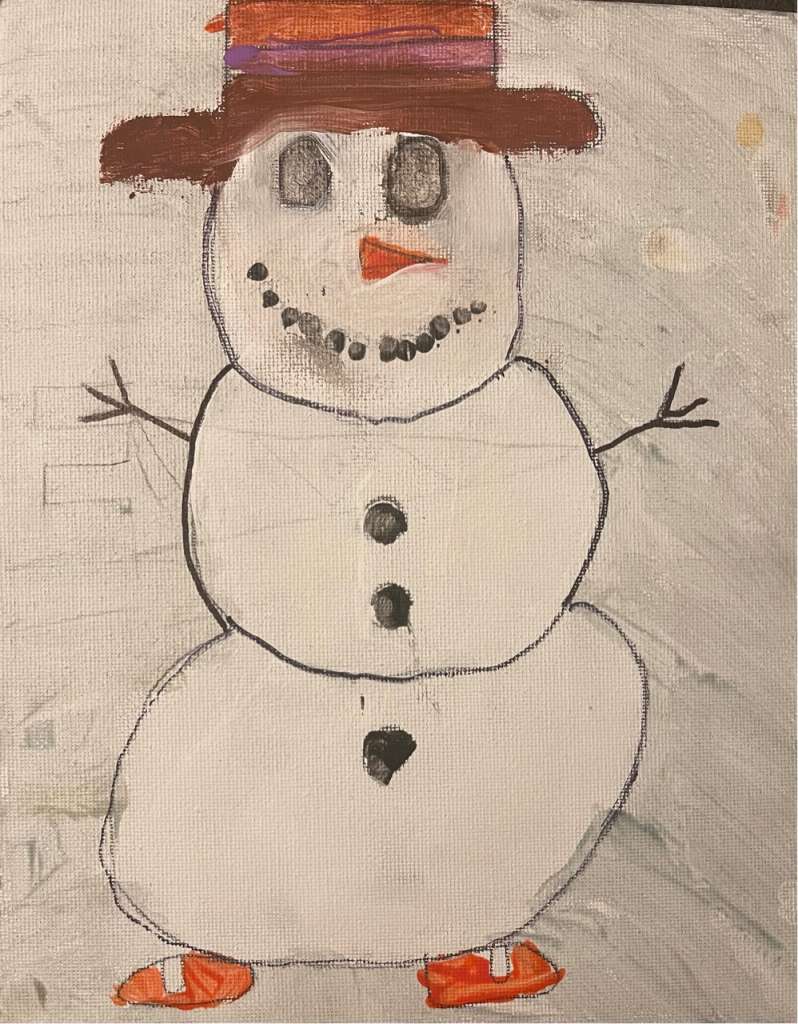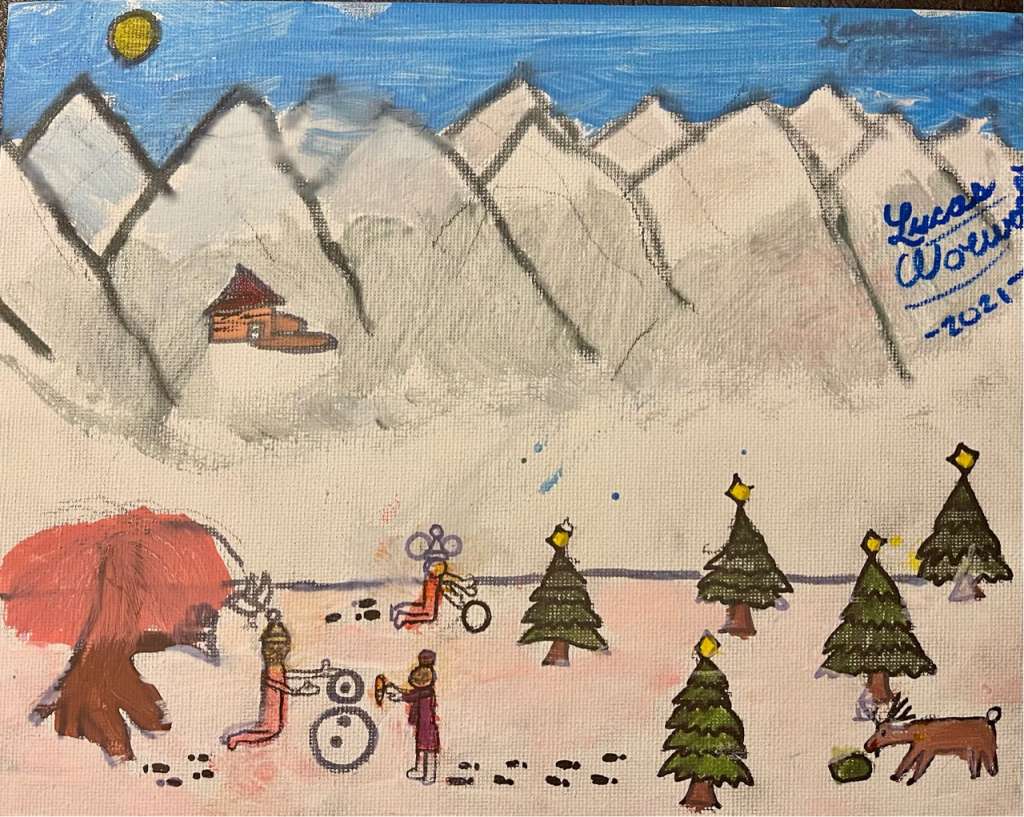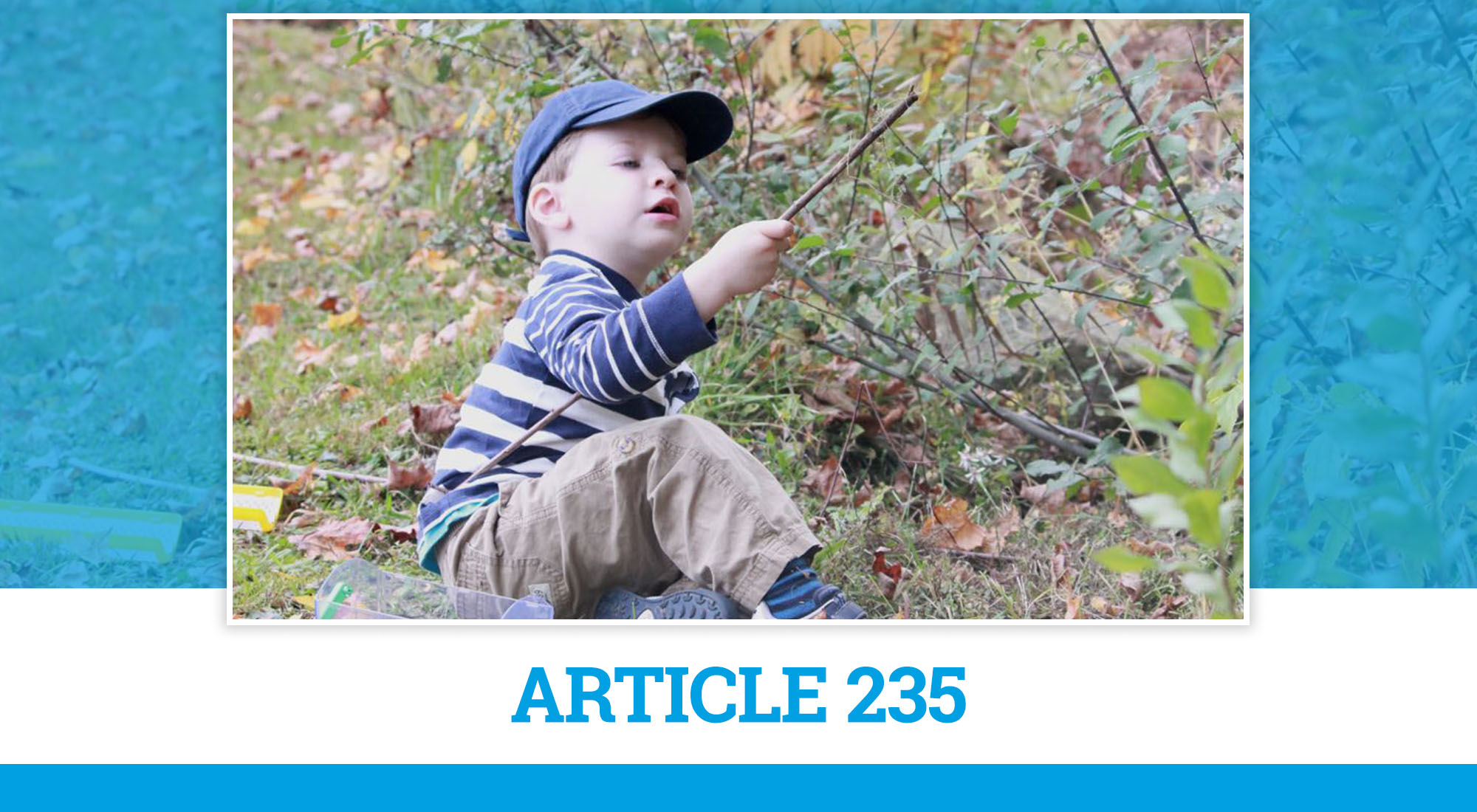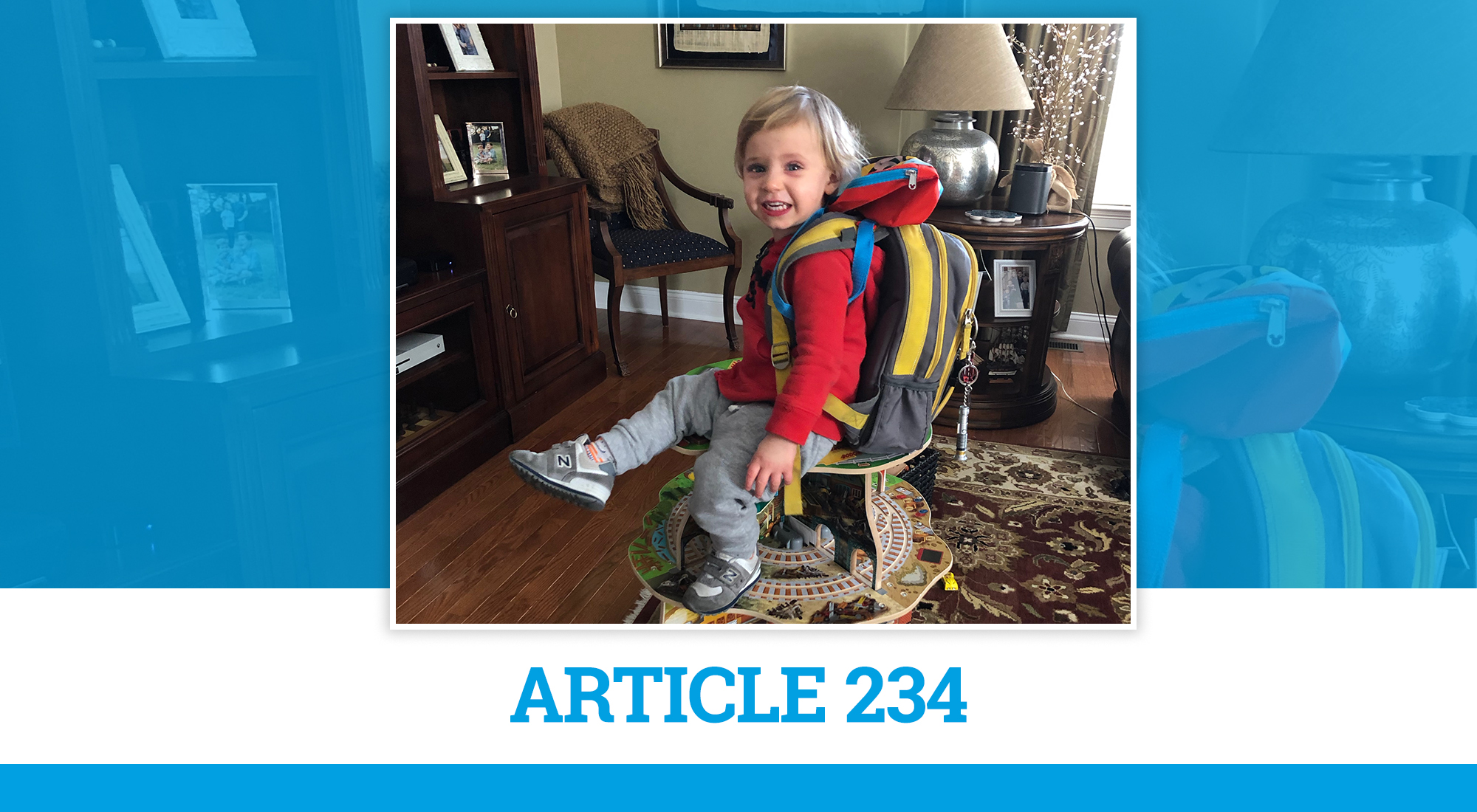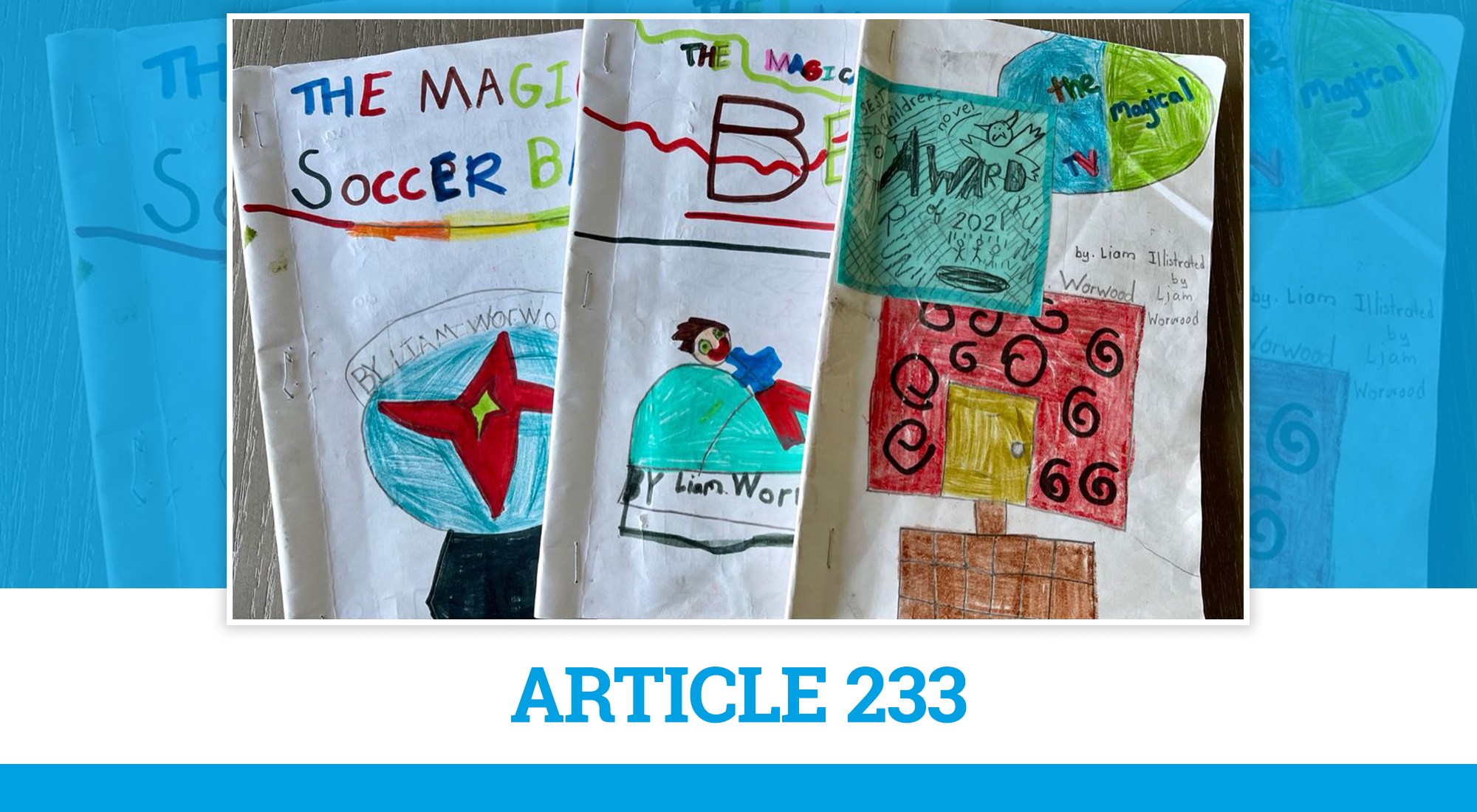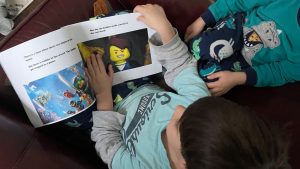
A Reflection on Extracurricular Activities
This article reflects on a new value I have for my eldest’s sons perseverance as he made Blackbelt in World Championship Taekwondo. It considers commitment and determination absent innate talents and interests and our role as parents.
My son finally earned his black belt last month in World Championship Taekwondo. I can’t say if it’s been a long road as I don’t know the average time it takes for a young student to work through the many belts required before one can take the test.
He started the program with my middle son, and not knowing anything about the sport I was at a complete disadvantage. Before I knew it, I had signed up for an annual program that cost the equivalent of an adult membership to a gym.
The first few belts came fast, and I quickly realized that these tests served as a tool to sustain motivation, but within a year, Covid hit. The lessons went virtual, and the motivational challenges I had begun to experience became quickly exasperated. My middle son quit, and I was ok with this situation; he was younger and developing an interest in soccer, so I felt he had another sport to replace with Taekwondo, but I was concerned with my eldest. He had never been interested in sports, and I thought it important that he regularly engages in some athletic activity. I told him he’s made a commitment and needs to continue.
I want to offer a shout-out here to Master Kris at World Championship Taekwondo in Brookfield, CT; not only did I think he delivered a valued instructional experience virtually, but he came around our house for a short 30-minute lesson inside our garage (keeping his distance). That lesson probably sustained my eldest’s engagement during those challenging months – so thank you, Master Kris.
I want this article to be brief, so I’ll begin to wrap it up. After year two, I wanted my eldest to stop. We had too many things going on; we were barely getting to classes on time, he was getting more and more homework, and less and less time to engage in the things he loves, such as his writing and moviemaking.
I didn’t see Taekwondo in his long-term future, and it was sometimes a fight to get him to attend classes. He was stressed and possibly depressed. He had also found a new passion for acting, which was a massive commitment during productions.
When we returned from a month off after our summer travels, I said, “I think you have too many things going on; it’s ok to stop Taekwondo and concentrate on the things you love.”
He said, “No, Daddy, I have committed to Taekwondo, and I’m not going to quit.”
I appreciated the response but felt it came from the statement I had made almost 12 months before. Was he looking for me to make the decision? I knew his heart was moving elsewhere, and it would be a challenging year with more shows, homework, other commitments, and his need to step up his efforts if he was to be ready for the test.
I told him that if he continued, I wanted him to commit to getting better and getting his blackbelt by June. We set the goal. If he wasn’t ready, I was going to pull him out.
There were still many difficult days, but that year I saw him engage in those lessons with a new leash of life; I was amazed to see him practicing on his own in the morning; I was surprised at how quickly he adjusted to an even more rigorous homework schedule and how he started to manage his stress and emotions. More importantly, during the lessons, he showed a commitment to the sport, to perfect his form, and to hit the milestones based on goals he had set for himself.
We attended his first tournament, and I still remember him flying up in the air to kick a board above my height.
In short, he achieved blackbelt because he wanted to honor his commitment; before the test, he doubted himself, but he changed his mindset and passed each task without making a mistake. He faced up to his extreme fear of failure and conjured passion for each punch, kick, and stance. He looked like a champion! He looked like an athlete.
My takeaway is that it’s easy to commit to something you love or are good at, but it is a lot harder to succeed at something you care less about or engage in something that doesn’t come easy. I’m not blind that the external motivation of not wanting to let us down may have served as an external motivation. Still, this experience has taught him how to commit, deliver, and persevere even when motivation is low and innate talent is absent. He is now a blackbelt in Taekwondo, and this achievement represents so many things beyond sport.
This experience has taught me more about the importance of extracurricular activities; it’s not just about supporting innate talent and interests; it’s about teaching young children about perseverance in a world where things won’t always go according to plan. A world that requires you to follow through on commitments and juggle many items in your life – even if these items were not of your choosing.
Life is a balance, but life isn’t always about us and our wants; we sometimes need to move forward with whatever lies in front of us.
I consider him a champion, a champion who will stand up and face fear, and a champion that will follow through on commitments and achieve the goals he sets for himself or others set for him. Congratulations, my son!


